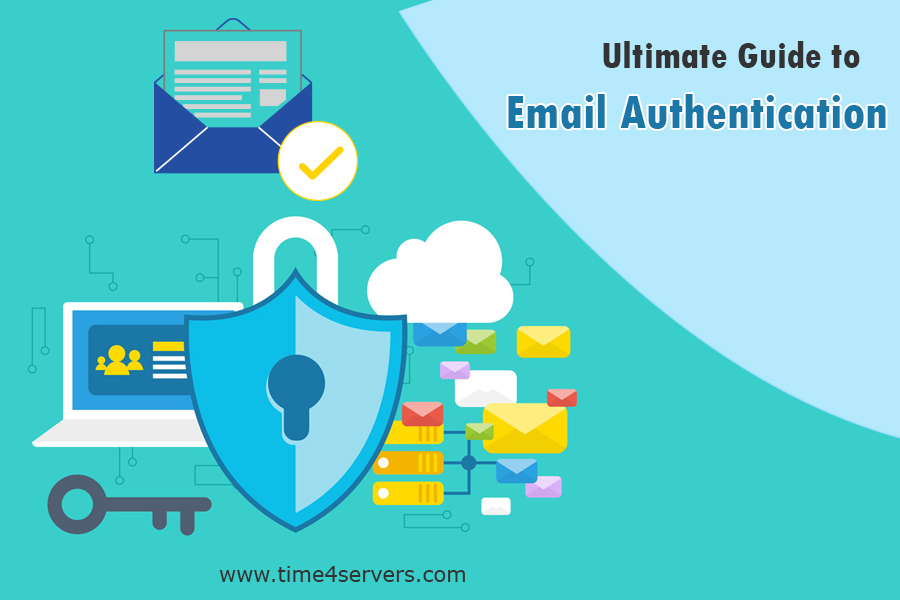
Email Marketing Guides only to learn the email authentications which helps mail delivery better. Email Marketing is the most highly usable keyword after Digital Marketing.
Before start an email campaign, check the mail server and email authentications that are configure properly.
Rectifying the domain reputation, IPs strength, and other servers help in sending mail more accurately, precisely faster, also increasing the email deliverability.
However, these are second-tier email marketing solutions to think about…! You must take care to authenticate your email in order to hoard from phishing and spamming activities.
Hence, in this email marketing guides, I will discuss email authentication. I will elaborate it’s features, elements, and how to authenticate your email.
Let’s get started…!
What is Email Authentication?
In simple words, Email authentication refers to the accuracy of the email in terms of sending ownership.
It authenticates email while incorporating various elements into action that facilitate in knowing its ownership, accurately. Those I will discuss here.
Features of Authenticated Email:
- Email authentication relies on basic standards. SPF and DKIM are a name of few.
- Help prevent email fraud, improve your email deliverability.
- Help ensure continued delivery at receiving mailboxes.
- Improve the success of your email campaigns.
- Assist in achieving email marketing objectives and goals.
Elements of Email Authentication: Factors ‘Email Authentication’ Is Rely On!
The technique of validating emails depends on various factors owing to delivering better results. Those factors are highly considere as signs of the Authenticate method or standards that are typically using today.
- Sender Policy Framework (SPF): It is a solid method designed to detect forging sender addresses during the delivery of the email.
- Sender ID: A Sender ID is the name or number that identifies the sender of an SMS message. You can easily find the location of the sender in Gmail.
- DomainKeys: Created by Yahoo to verify the domain name of an e-mail sender and the message integrity.
- DomainKeys Identified Mail (DKIM): It’s especially designed to detect forged sender addresses in emails, a technique often used in phishing and email spam, which is now widely used.
How to Authenticate Your Email?
Email authentication is like a ‘must-to-do’ thing for business especially where bulk messages are transfer in a minute.
However, there are various ways and methods to send e-messages that can be anywhere from web portal, to web-based application, mobile apps to PWAs, etc.
Thus, authenticating emails can be tricky! Here are five simple and easy to understand steps for email authentication.
Step 1 – Authenticate using SPF and DKIM can be easy and effective ways. This new technique utilizes ISPs to identify and treat email that is not properly authenticated.
Step 2 – Create a roadmap of all the IP addresses that you may wish to send email. Further, authenticate all of your mailstreams or risk being blocked by ISPs at the gateway.
Step 3 – Create your authentication record on SPF and DKIM, then publish them. To do so, visit each of their websites for details.
Step 4 – Setup your mail server to sign outbound email with DKIM. It’s also the easiest way.
Step 5 – At last, you can test your records using DKIM tools ‘Policy Record Test’ and ‘Selector Record Tester’ and SPF has a series of tools. You can try anyone from both.
In the end, do you need a cheap smtp server for email marketing, if yes, contact us.

SMTP Email Server | SMTP Service | Cheap SMTP | SMTP Server | SMTP
[…] Read More: Email Marketing: Ultimate Guide to Email Authentication […]